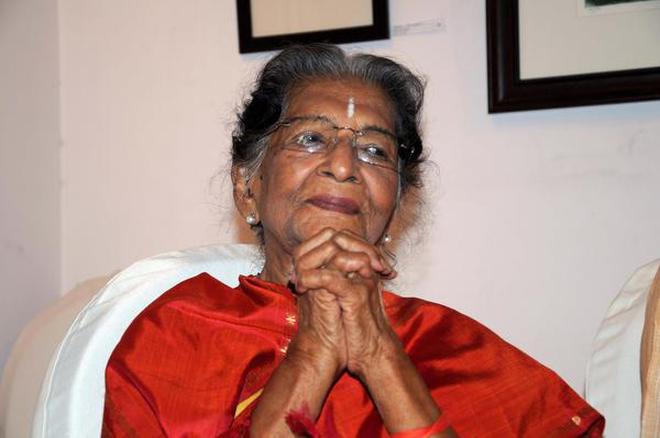মুক্তাঙ্গন-এ উপরোক্ত শিরোনামের নিয়মিত এই সিরিজটিতে থাকছে দেশী বিদেশী পত্রপত্রিকা, ব্লগ ও গবেষণাপত্র থেকে পাঠক সুপারিশকৃত ওয়েবলিন্কের তালিকা। কী ধরণের বিষয়বস্তুর উপর লিন্ক সুপারিশ করা যাবে তার কোনো নির্দিষ্ট নিয়ম, মানদণ্ড বা সময়কাল নেই। পুরো ইন্টারনেট থেকে যা কিছু গুরত্বপূর্ণ, জরুরি, মজার বা আগ্রহোদ্দীপক মনে করবেন পাঠকরা, তা-ই তাঁরা মন্তব্য আকারে উল্লেখ করতে পারেন এখানে।
ধন্যবাদ।
আজকের লিন্ক
এখানে থাকছে দেশী বিদেশী পত্রপত্রিকা, ব্লগ ও গবেষণাপত্র থেকে পাঠক সুপারিশকৃত ওয়েবলিন্কের তালিকা। পুরো ইন্টারনেট থেকে যা কিছু গুরত্বপূর্ণ, জরুরি, মজার বা আগ্রহোদ্দীপক মনে করবেন পাঠকরা, তা-ই সুপারিশ করুন এখানে। ধন্যবাদ।

৮ comments
মাসুদ করিম - ৩ জুন ২০১৮ (২:৪৭ অপরাহ্ণ)
মাসুদ করিম - ৩ জুন ২০১৮ (৩:৫৭ অপরাহ্ণ)
মাসুদ করিম - ৫ জুন ২০১৮ (৯:৩০ পূর্বাহ্ণ)
মাসুদ করিম - ৮ জুন ২০১৮ (১২:৪৭ অপরাহ্ণ)
মাসুদ করিম - ১০ জুন ২০১৮ (৫:৫৭ অপরাহ্ণ)
মাসুদ করিম - ১২ জুন ২০১৮ (১২:১২ অপরাহ্ণ)
রেজাউল করিম সুমন - ২৯ জুন ২০১৮ (১০:৪৪ পূর্বাহ্ণ)
100 Glorious Years of The Dancing Legend Amala Shankar
Sharmila Banerjee
রেজাউল করিম সুমন - ২৯ জুন ২০১৮ (১১:২৩ পূর্বাহ্ণ)
Renowned danseuse Amala Shankar turns 100

PTI